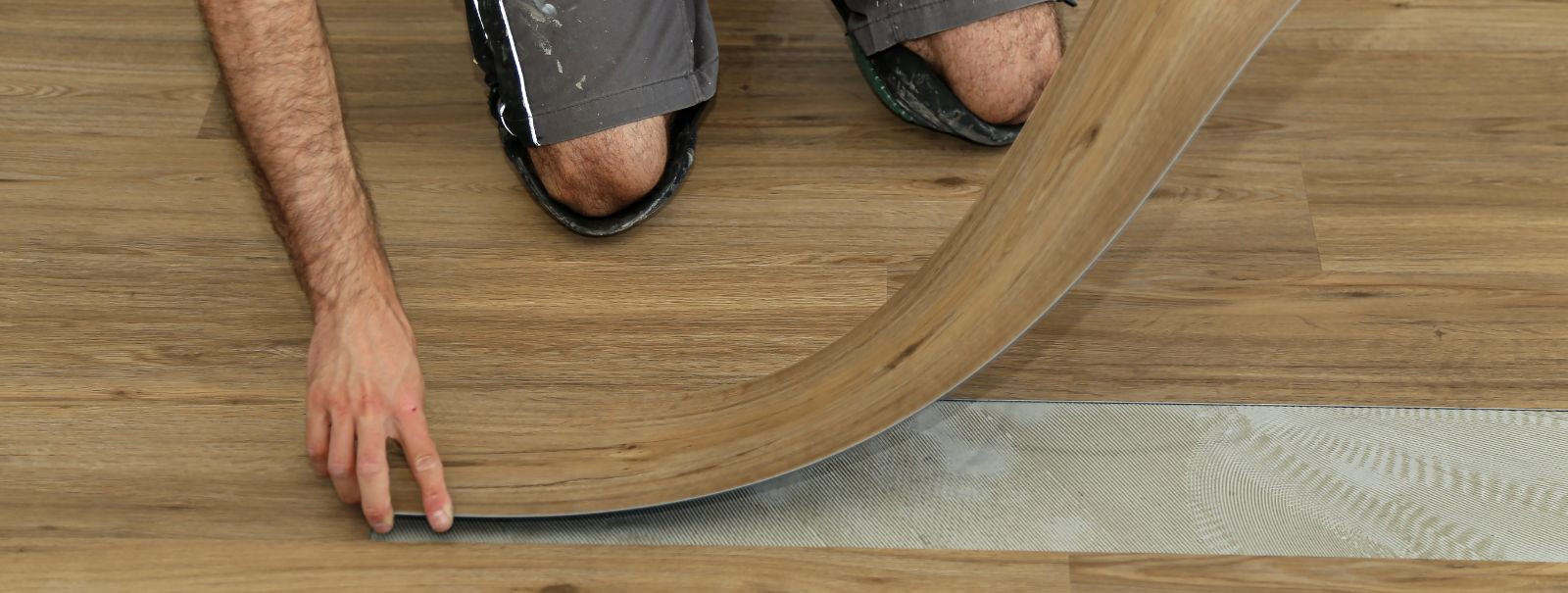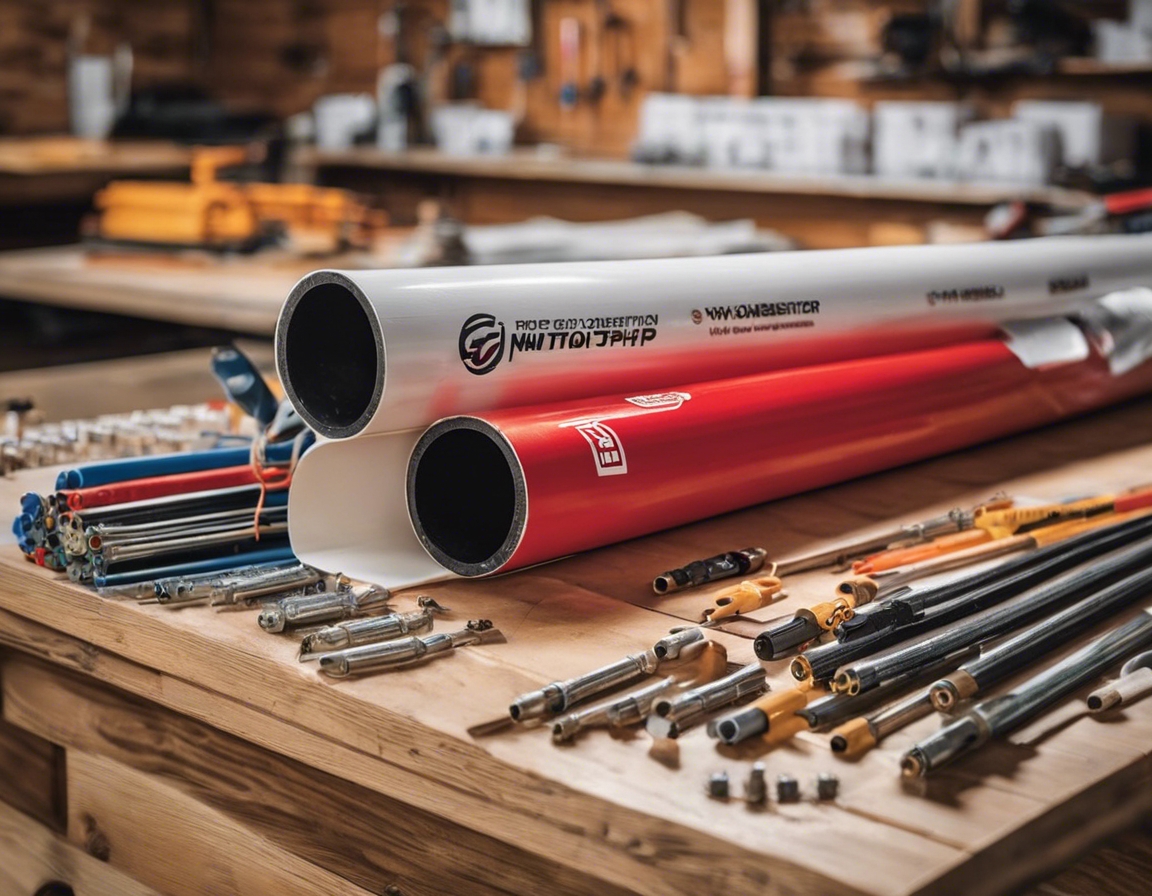The ultimate guide to choosing pvc flooring
Polyvinyl Chloride, commonly known as PVC, is a versatile plastic material used in various products, including flooring. PVC flooring is a popular choice due to its durability, ease of maintenance, and variety of designs. It's made by combining PVC resin with stabilizers, plasticizers, and other additives, which are then processed into sheets, tiles, or planks.
PVC flooring offers numerous advantages such as water resistance, durability, ease of installation, and a wide range of design options. It's an excellent choice for areas that require sturdy, waterproof flooring, such as kitchens, bathrooms, and commercial spaces.
Due to its versatile nature, PVC flooring is used in a variety of settings, from residential to commercial and industrial environments. It's particularly favored in high-traffic areas where a resilient floor is necessary.
Factors to Consider When Choosing PVC Flooring
When selecting PVC flooring, it's crucial to consider the area's traffic and the floor's ability to withstand wear and tear. The thickness of the wear layer and the overall quality of the material will determine its longevity.
PVC flooring comes in a multitude of designs, patterns, and colors. Whether you're looking for a wood, stone, or abstract look, there's a PVC option to match your style preferences.
One of the significant benefits of PVC flooring is its low maintenance requirements. However, some types may need specific cleaning agents or methods, so it's essential to understand the maintenance needs before making a decision.
It's important to choose PVC flooring that is free of harmful chemicals and meets health and safety standards. Look for products with certifications that guarantee low VOC emissions and are safe for indoor use.
Consider the environmental footprint of the PVC flooring you choose. Some products are made with recycled materials and are recyclable themselves, contributing to a more sustainable choice.
The ease of installation can vary between different types of PVC flooring. Some can be easily installed as a DIY project, while others might require professional installation.
Cost is always a factor when choosing flooring. PVC flooring offers a range of price points, but it's important to balance cost with quality to ensure you're getting the best value for your investment.
Types of PVC Flooring
LVT is a premium PVC flooring option that mimics the look of natural materials such as wood and stone. It's known for its realistic textures and is suitable for both residential and commercial spaces.
Vinyl sheets are large, continuous pieces of flooring that offer a seamless look. They are particularly useful in areas where water resistance is crucial.
VCT is a robust flooring option commonly used in commercial settings. It's made from a mixture of PVC chips and offers a high level of durability.
Waterproof vinyl flooring is an excellent choice for areas that are prone to moisture. It provides the added assurance that water spills will not damage the floor.
How to Choose the Right PVC Flooring for Different Spaces
For homes, consider the room's function, the desired aesthetic, and the level of traffic when choosing PVC flooring. LVT might be ideal for living rooms and bedrooms, while vinyl sheets could be better for bathrooms and kitchens.
In commercial areas, durability and ease of maintenance are key. VCT or high-grade LVT can withstand heavy foot traffic and are easy to clean, making them suitable for retail, office, or hospitality spaces.
Industrial environments require flooring that can handle heavy machinery, spills, and constant traffic. Thick, heavy-duty PVC flooring is often the best choice for these settings.
Installation Tips and Tricks
Proper subfloor preparation is crucial for a successful PVC flooring installation. The subfloor must be clean, dry, and level to ensure the best results.
There are various installation methods for PVC flooring, including glue-down, click-lock, and loose lay. Each has its own set of pros and cons, and the choice will depend on the specific product and the space where it's being installed.
After installation, it's important to follow the manufacturer's guidelines for care and maintenance to prolong the life of your PVC flooring.






Comments (0)